For comparison with other works by Vallin, see our additional images. The artist was the son of a Parisian sculptor-engraver, based on the Quai de la Mégisserie. At fifteen, he entered the Royal Academy in 1779 under the protection of the history painter Gabriel Doyen, then of Callet in 1786. He returned to Drevet's workshop three years later. He was also a student of Antoine Renou there. Vallin only made his debut at the Salon in 1791, first exhibiting two paintings, The Tempest and Small Landscape2. The influence of Vernet but also that of Bidauld still marks a painting from 1793 like La Bergère des Alpes kept in the Algiers museum [Which one?]. Very quickly, he found his way and success with his paintings of nymphs and bacchantes placed in harmonious landscapes often bathed in a fine golden light. Vallin also draws inspiration from ancient history or mythology. His last appearance at the Salon dates back to 1827. Vallin is an extension of the bacchanalia and pastoral galantes of Jacques-Philippe Caresme, but in a more neoclassical, even historical, style, in keeping with the times and close to a Prud'hon. His painted work presents a freshness of colors and a real grace in the faces and attitudes of the characters. He also painted portraits of Greuzian inspiration, and several paintings of ancient or modern history which he presented as a priority at the Salon.
Vallin's works can be found in the La Tour museums in Paris: Petit Palace, Louvre, Orsay and British Museum in London.
Literature: artist lexicons by Thieme/Becker, Benezit, Saur.
Inscription: unsigned.
Technique: oil on wood, original period gold-plated frame.
Dimensions: unframed 15.5 x 20 cm, framed 27.5 x 31.5 cm.
Condition: pretty good condition.


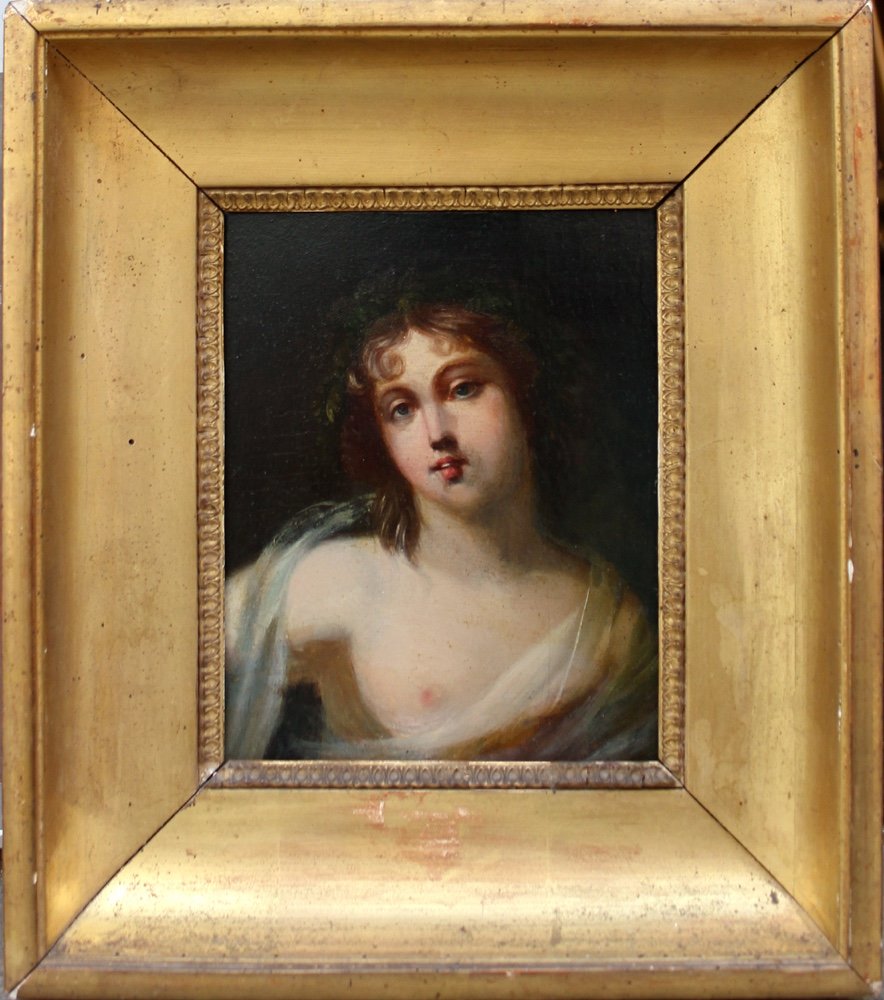

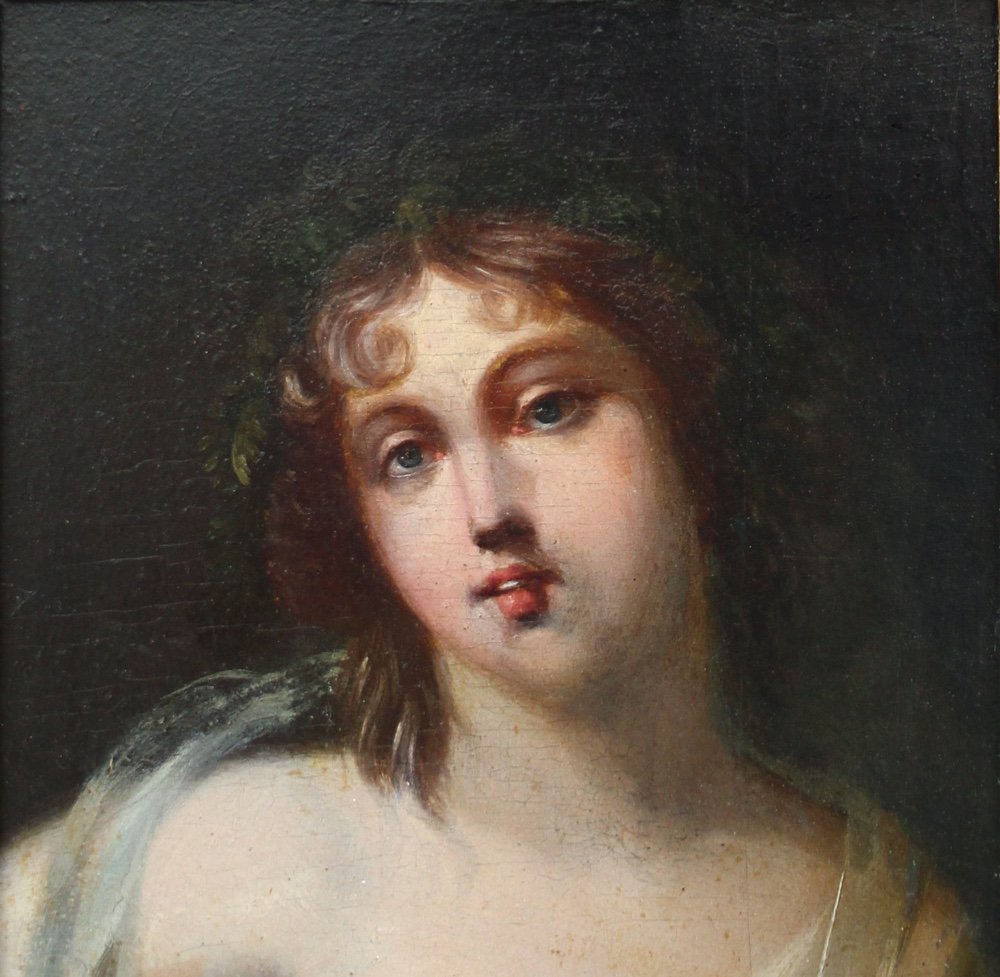
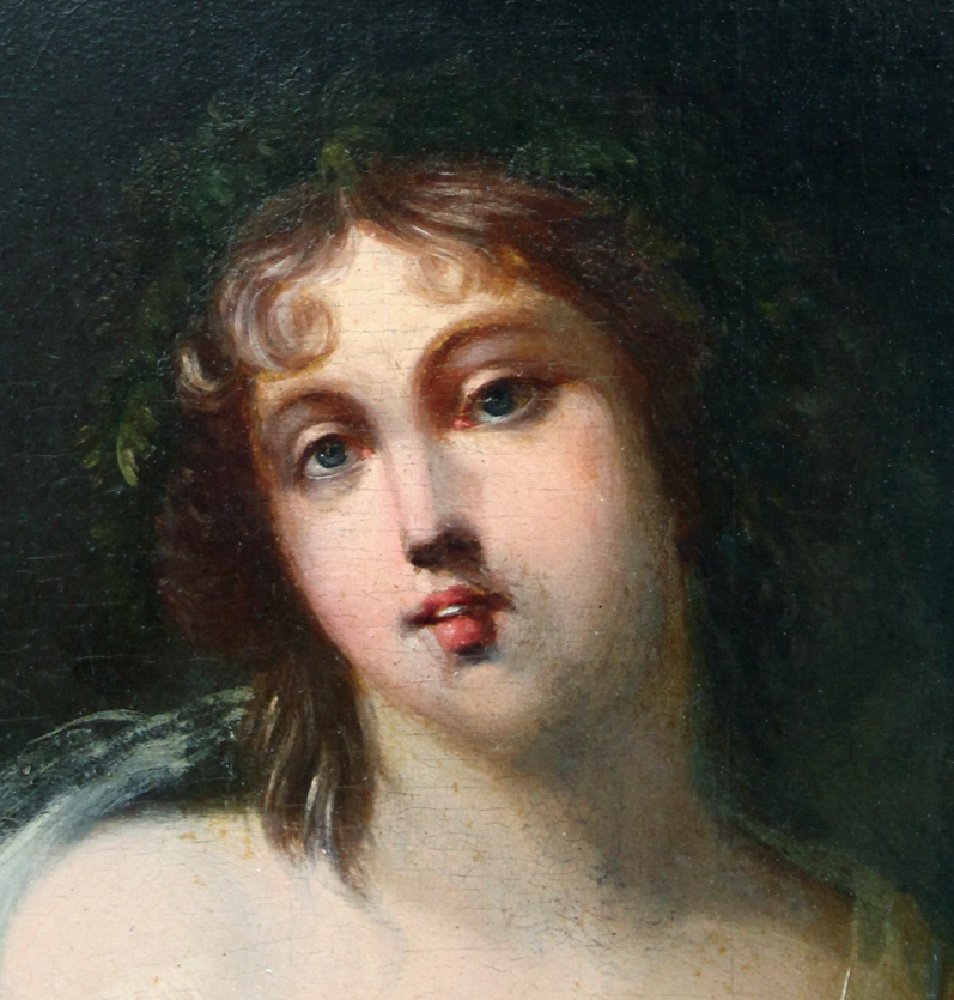
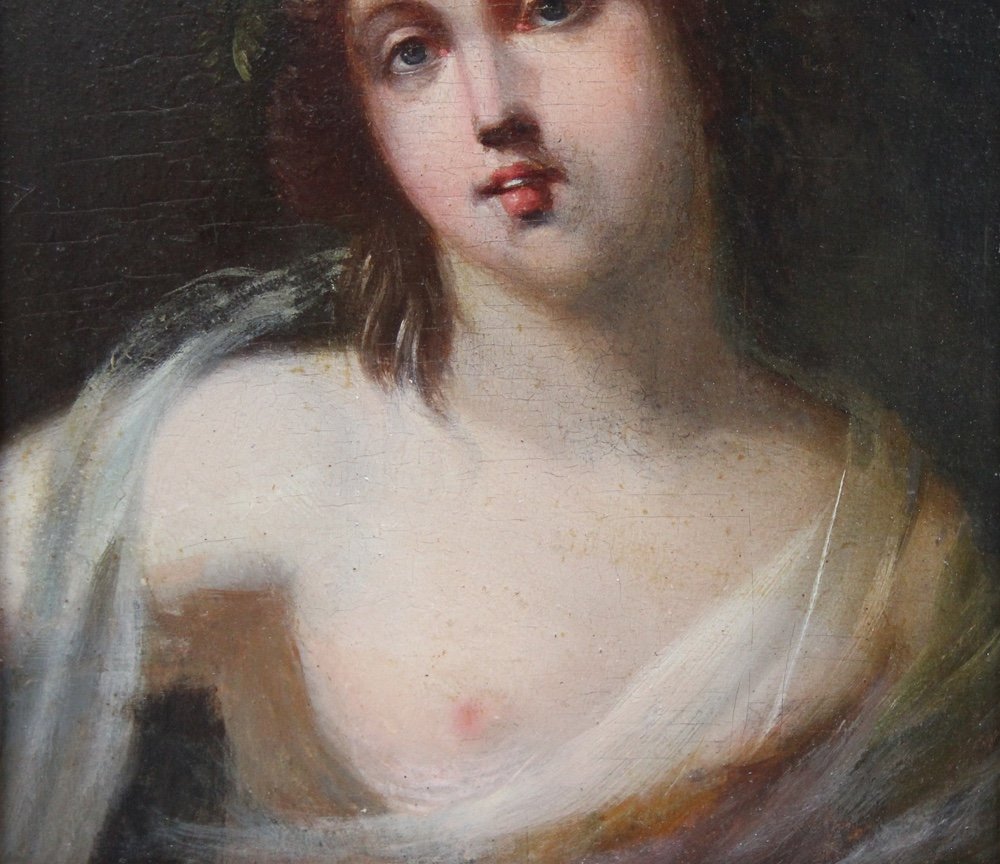
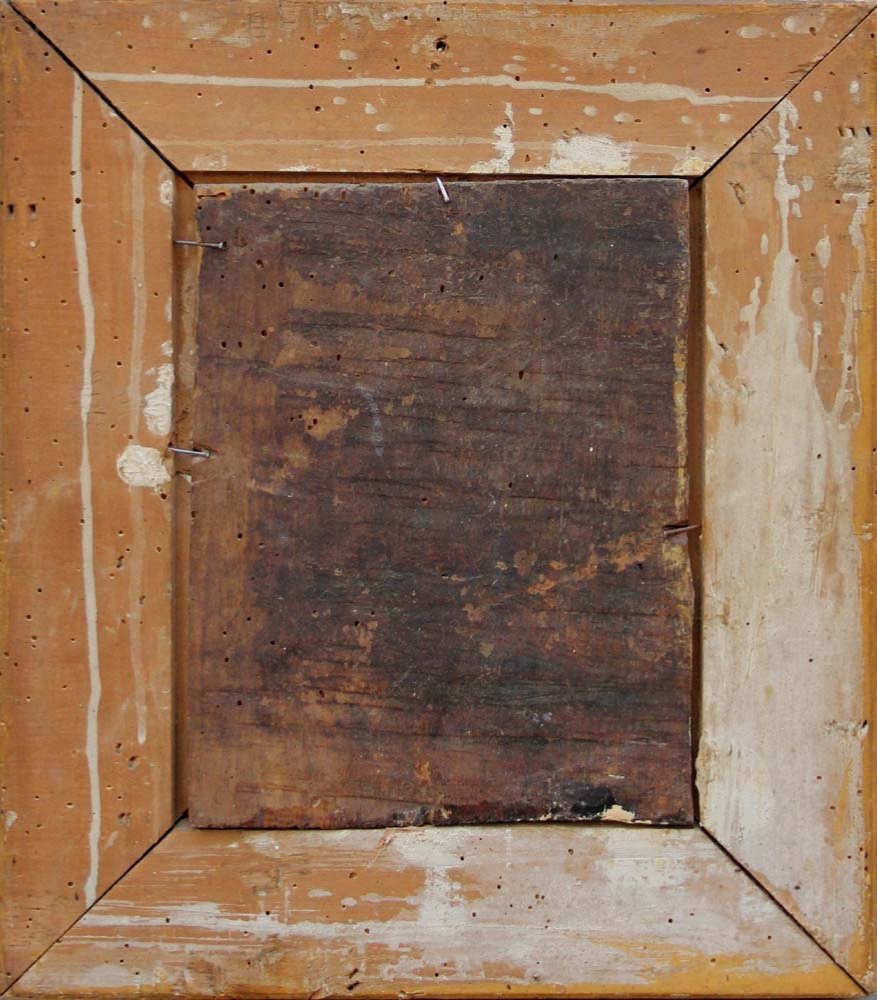
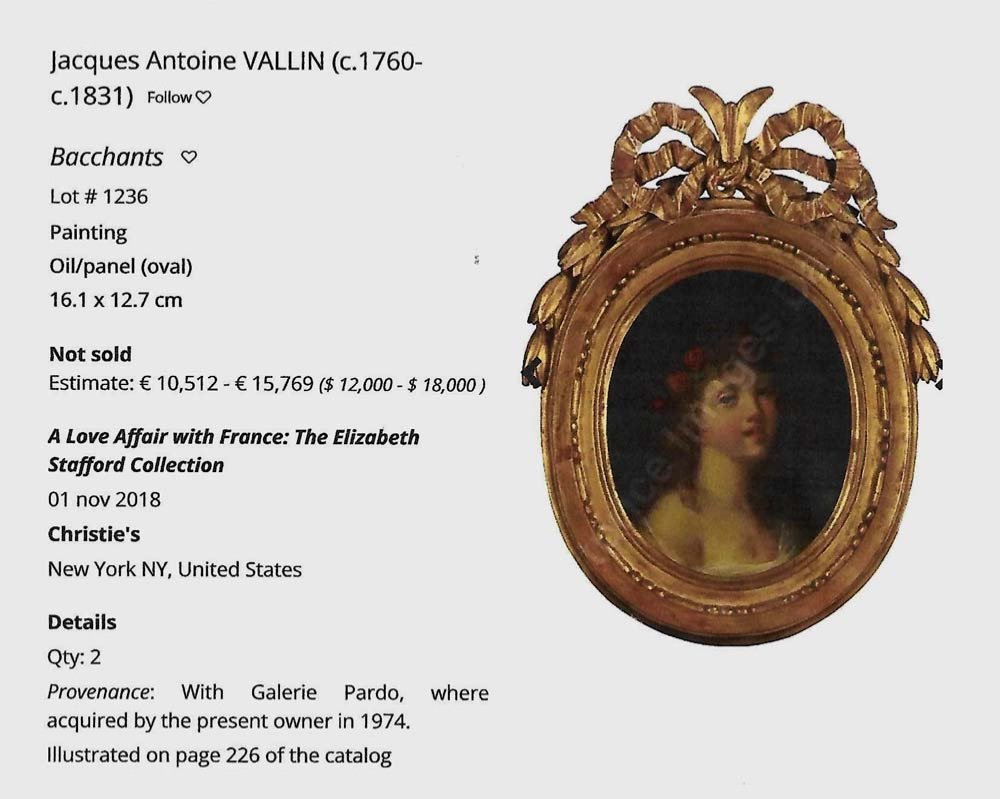















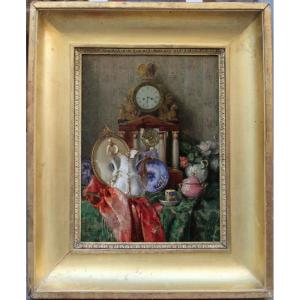
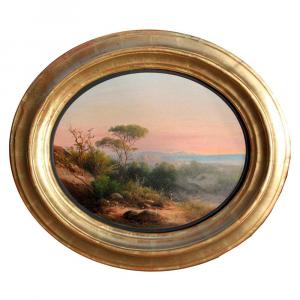

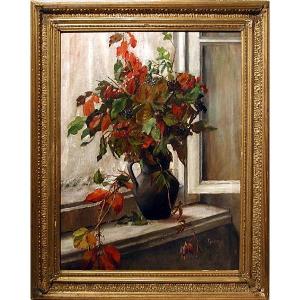

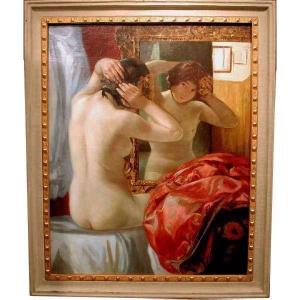
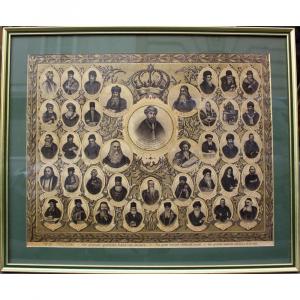
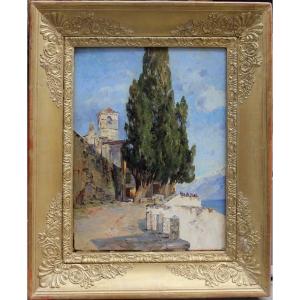





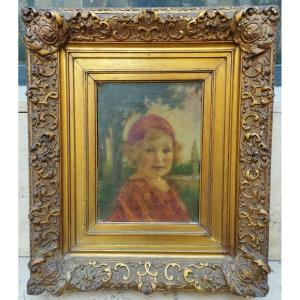


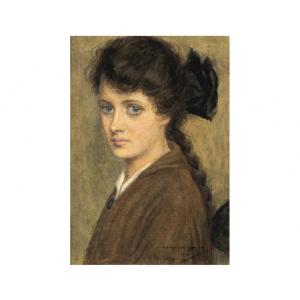



 Le Magazine de PROANTIC
Le Magazine de PROANTIC TRÉSORS Magazine
TRÉSORS Magazine Rivista Artiquariato
Rivista Artiquariato